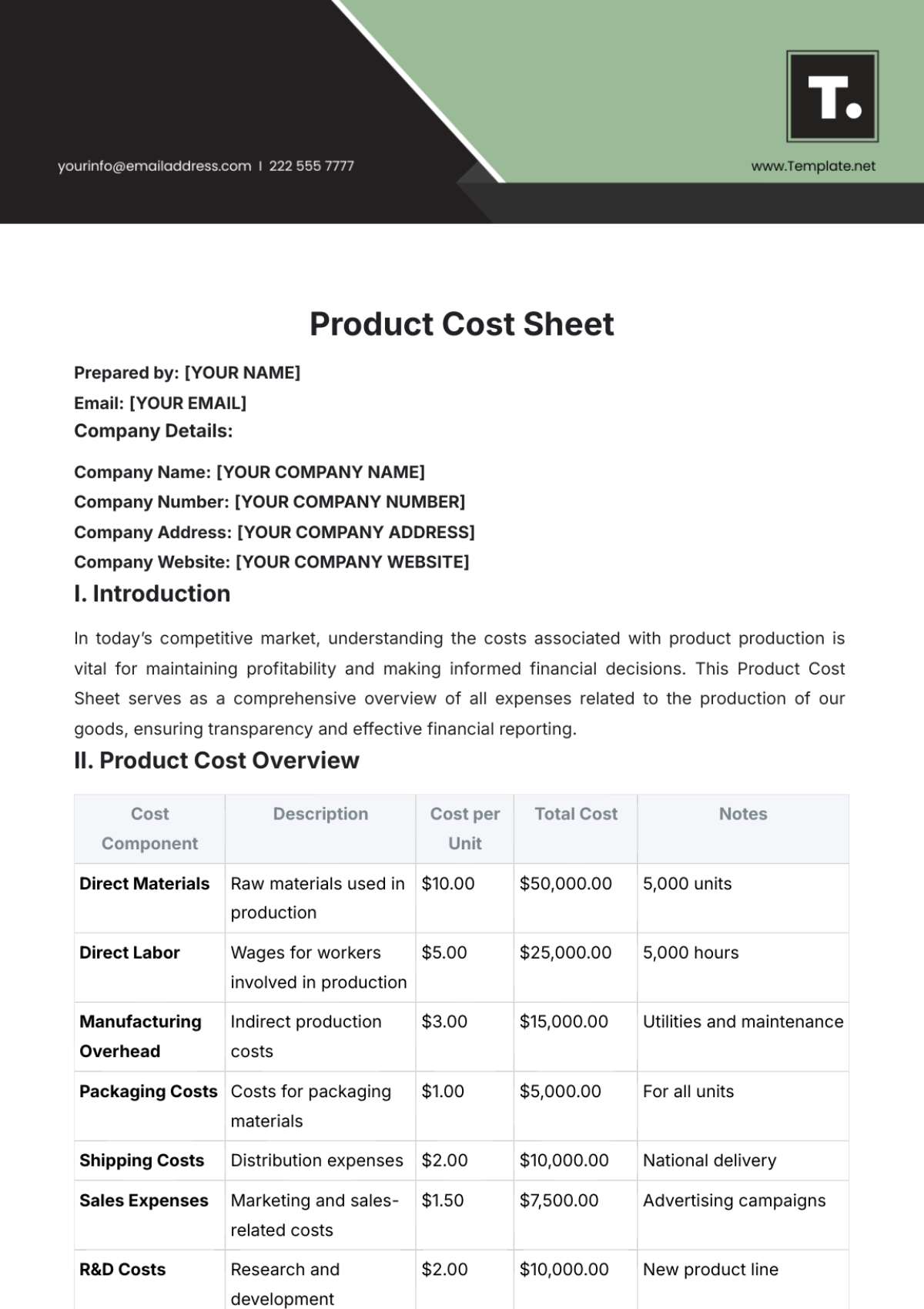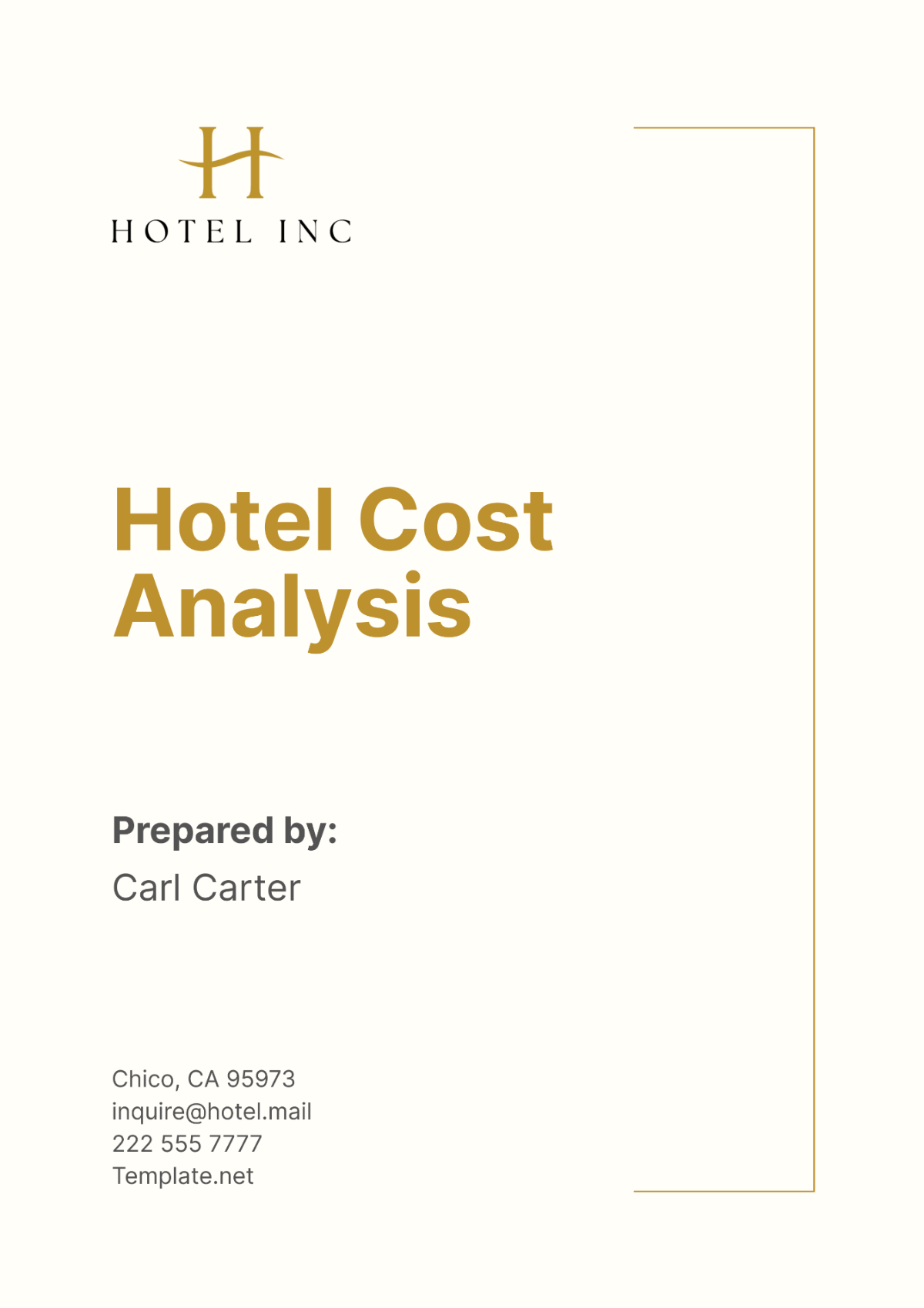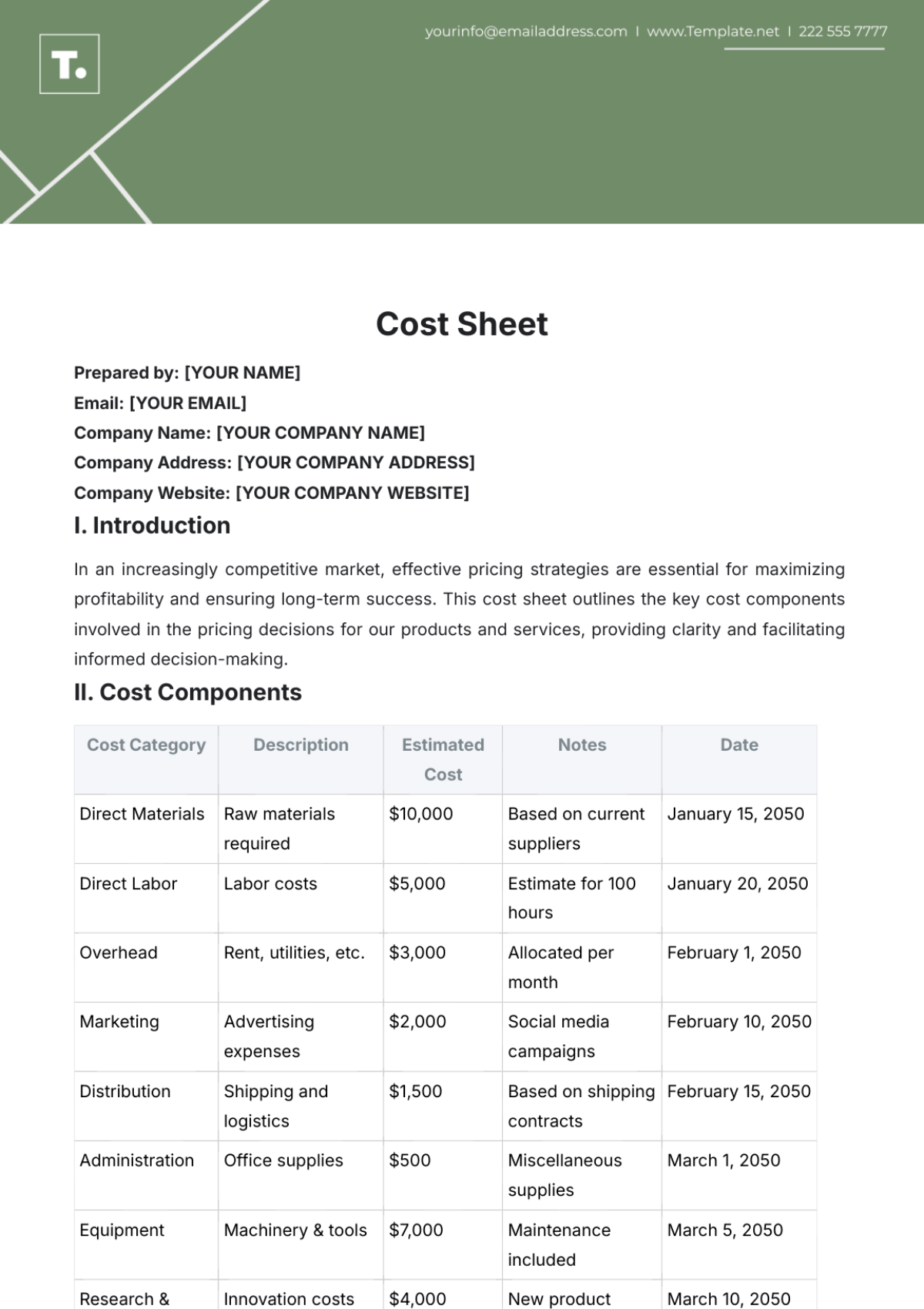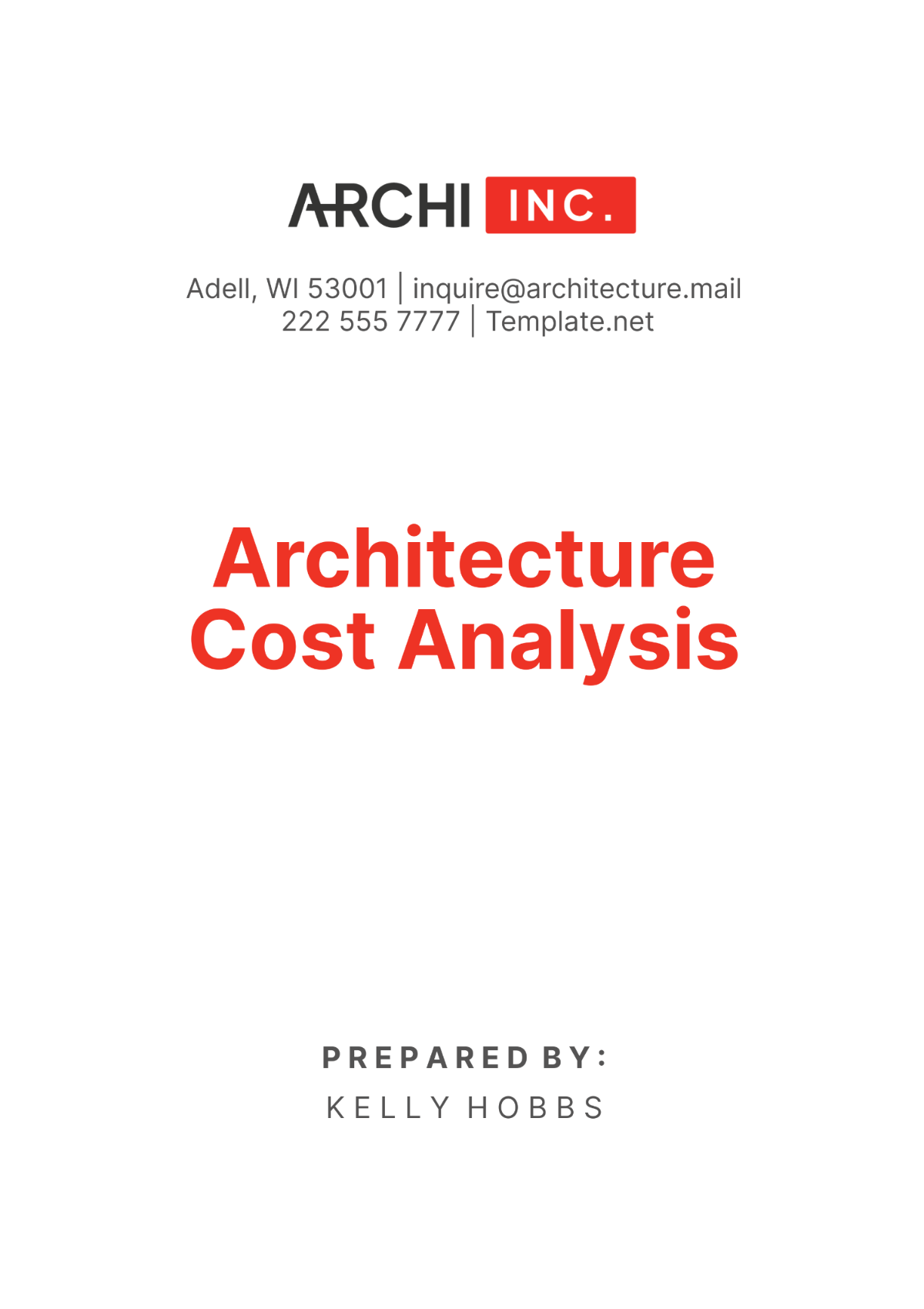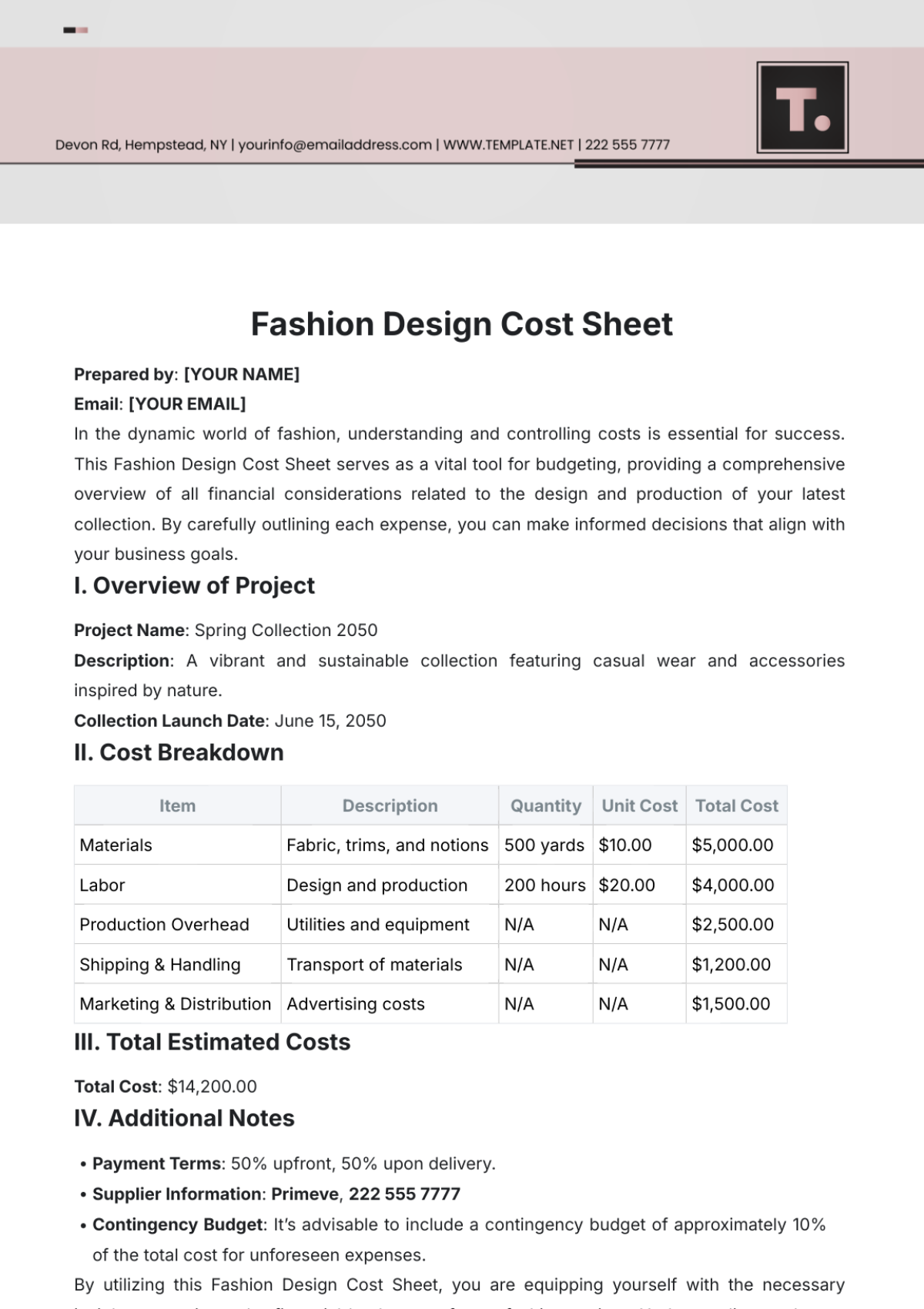Project Cost Breakdown Layout
Prepared by: [YOUR NAME]
Contact: [YOUR EMAIL]
Date: September 15, 2050
Managing project costs efficiently is essential for ensuring both short-term and long-term success. This Project Cost Breakdown Layout will assist in closely monitoring the budget, identifying potential savings, and reducing financial risks. By providing a detailed view of all project-related expenses, it will serve as a guiding tool for budget control, allowing you to make informed decisions at every stage of the project.
I. Overview of Project Costs
This section outlines the main cost categories for the project, ensuring clear visibility over how funds are allocated. It breaks down the total budget into the following categories:
Direct Costs: Expenses directly tied to the project, such as labor, materials, and equipment.
Indirect Costs: Supporting costs like utilities, administrative expenses, and office supplies.
Fixed Costs: Stable costs, including rent and insurance, that do not vary with project activity.
Variable Costs: Costs that fluctuate based on the level of work, such as raw materials and travel.
Contingency: A reserve fund set aside to cover unexpected expenses.
This breakdown allows for effective budget control and cost management throughout the project.
II. Direct Costs
Direct costs are those directly associated with the execution of the project. These include materials, labor, and any necessary equipment.
Cost Category | Estimated Amount | Start Date | End Date | Notes |
|---|---|---|---|---|
Labor | $500,000 | October 1, 2050 | April 15, 2051 | Core staff salaries |
Materials | $300,000 | October 1, 2050 | February 28, 2051 | Raw materials for construction |
Equipment | $150,000 | October 1, 2050 | December 15, 2050 | Lease of machinery |
Subcontractors | $200,000 | October 15, 2050 | March 31, 2051 | Specialist subcontractors |
Permits | $50,000 | September 15, 2050 | September 30, 2050 | Licenses and permits |
III. Indirect Costs
These are costs that, while not directly linked to the project tasks, still play a vital role in supporting the project's completion.
Utilities: $30,000 (estimated for the entire project duration)
Administrative Expenses: $40,000
Office Supplies: $5,000
IV. Fixed Costs
Fixed costs are expenses that do not vary with the production or activity levels of the project.
Office Lease: $120,000 (Annual, beginning October 1, 2050)
Insurance: $25,000 (Yearly policy)
V. Variable Costs
These costs fluctuate depending on the scale or scope of the project activities.
Cost Category | Estimated Amount | Start Date | End Date | Notes |
|---|---|---|---|---|
Raw Materials | $300,000 | October 1, 2050 | February 28, 2051 | Dependent on volume |
Travel Expenses | $15,000 | As needed | As needed | Staff travel for project tasks |
Utility Costs | $5,000 | Monthly | Throughout 2051 | Varies based on usage |
VI. Contingency and Risk Management
To prepare for unforeseen costs, a contingency fund has been allocated. This buffer will help mitigate any financial risks that arise during the project.
Contingency Fund: $100,000 (10% of total project costs)
VII. Summary and Budget Control Recommendations
By regularly reviewing this cost breakdown, you will maintain a clear vision of the project’s financial health, making it easier to adhere to the established budget. Effective monitoring and adjustment are key to avoiding overages and ensuring that the project stays within financial targets. With this layout as a guide, you'll be empowered to take action quickly if discrepancies between the actual and projected costs arise.
For more information or assistance, feel free to reach out to [YOUR NAME] at [YOUR EMAIL].


